Estimated reading time 15 minutes, 11 seconds.
In an anti-submarine warfare (ASW) competition that is judged in seconds and fractions of seconds — known as Exercise Sea Dragon — finishing among the top four or five competitors is impressive. Still, let’s face it, when you’ve won the coveted Dragon Belt two years running, you really want to defend your title.
After wins in 2021 and 2022, a detachment from 407 Long Range Patrol Squadron at 19 Wing Comox, British Columbia, flying the CP-140 Aurora, came up short to a Japan Maritime Self-Defence Force (JMSDF) crew operating a Kawasaki P-1 and, one point behind, a U.S. Navy aircrew from Patrol and Reconnaissance Squadron VP-45, flying a P-8A Poseidon.
The annual multinational ASW exercise is hosted by the U.S. Navy Seventh Fleet based in Japan and flown out of Andersen Air Force Base in Guam. This year included two teams from the U.S. Navy as well as aircrews from the Indian Navy, the Republic of Korea Navy, and JMSDF.
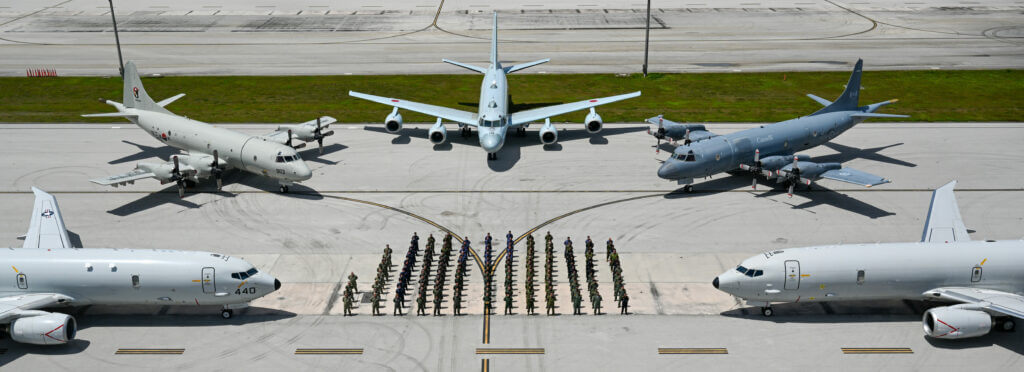
“The overarching goal of the exercise is to enhance the interoperability of our Long-Range Patrol Force in [ASW], while also supporting Canada’s Indo-Pacific Strategy as we work with partners and allies to contribute to stability and security in the region,” said MGen Iain Huddleston, commander of 1 Canadian Air Division and the Joint Forces Air Component at 17 Wing Winnipeg, Manitoba.
“Every team was close,” added Maj Scott MacDonald, operations flight commander at 407 Squadron and the air detachment commander for Ex Sea Dragon.
“There was a lot of attention on us as the two-time Dragon Belt champions. I think Japan took it on themselves to gain as much information from us as they could over the last two years. It was nice to see that the collaboration that occurs at this exercise leads to nations elevating their game, which improves year after year. They practiced hard and came at this thing to win it. On the replays, it was clear that their tactics looked very similar to ours.”
Conducted over two weeks in late March, Sea Dragon consists of classroom sessions, targeted missions on a range, and over 270 hours of in-flight training — including practice missions hunting an expendable mobile ASW training target, and graded missions on a MK 30 underwater acoustic target. It concludes with a final challenge tracking a Los Angeles-class fast attack submarine.
The CP-140 crew would have flown three missions against the nuclear-powered submarine, but engine problems with the Aurora prevented them from completing any of these last sorties. Maintenance technicians worked through two days of extreme heat and humidity to resolve a horsepower-related problem and an issue with one of the propeller systems. But after a functional test flight to declare the CP-140 serviceable, the aircrew then encountered problems with the mission computer system.
“Our air conditioning was only so good, and our mission computers were struggling with the heat,” explained MacDonald, originally a naval engineer before he transferred to the Air Force as a pilot.
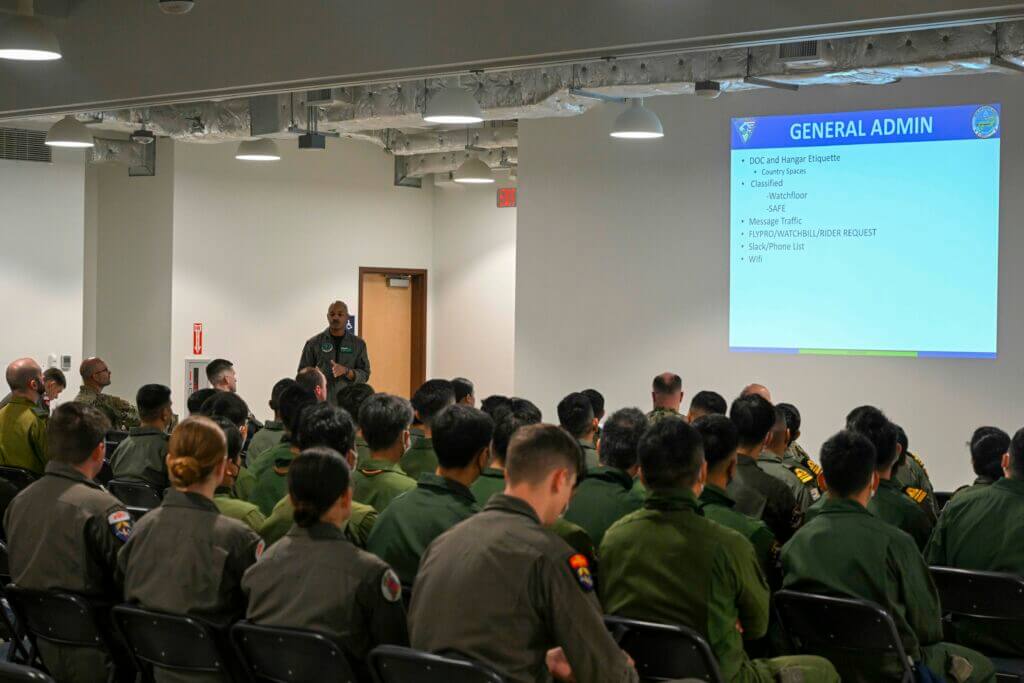
“Even on the competition missions, it was difficult for the crew to work through these issues. But when we finally got the plane serviceable, the computers kept falling offline, so we couldn’t fly our last submarine mission.”
As part of the Aurora Incremental Modernization Project, the CP-140 has undergone multiple systems enhancements, delivered in four comprehensive blocks. The final Block IV is adding high-bandwidth beyond-line-of-sight satellite communication, Link 16 tactical data exchange network access, and a new self-defense system. 407 Squadron’s Block III Auroras have been through all but the final phase of the project, but its modern systems must function alongside legacy systems such as air conditioning.
“It was good to fly the competition, but that last phase would have been the golden ticket – to actually be up against a U.S. Navy LA-class sub,” MacDonald admitted.
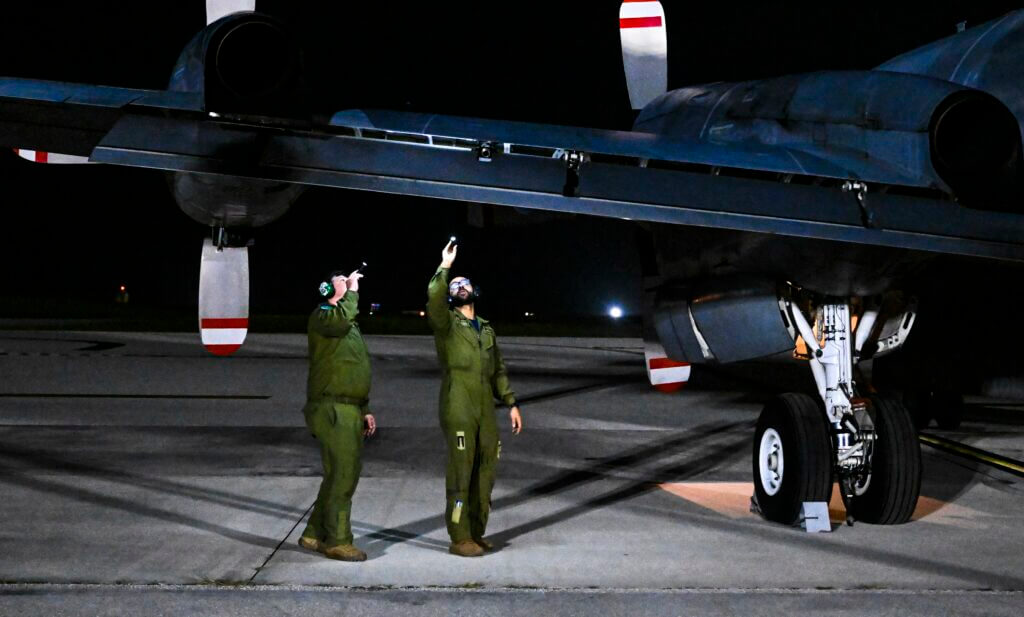
Modern Appreciation
Though the CP-140 Aurora, a 40-year-old variant of the Lockheed Martin P-3 Orion, specializes as a submarine hunter, it has been employed as a maritime and overland intelligence, surveillance and reconnaissance platform, an anti-surface warfare aircraft, a strike coordination center, and as an additional asset for search-and-rescue.
In late March, the Canadian government sent a letter to the U.S. government seeking costing information on a fleet of 16 Boeing P-8s under a Royal Canadian Air Force endeavor known as the Canadian Multi-Mission Aircraft project.
If the CP-140’s success on Ex Sea Dragon over newer platforms like the Boeing P-8 and the Kawasaki P-1 raises questions about the necessity of an early replacement program, MacDonald noted that “the exercise is a very specific, tailored competition. It doesn’t replicate some of the real-world stuff we do . . . [and is intended] to give everybody a fair shot at the win.”
In the past two competitions, Canadian crews capitalized on some of the strengths of the turboprop Aurora, including its ability to fly lower and slower than its competitors. Still, seeing the newer aircraft claim the top prize “was nice to see,” he acknowledged with a laugh. “It was refreshing to see the P-8 do so well this year. If we’d won three years in a row, you might start questioning why [we need to replace it].”
Upgrades to the Aurora have made it an impressive aircraft, but “looking at the new aircraft with modern sensors, modified tactics, and enhanced automation such as the Boeing P-8, you can see how ASW capabilities will keep enhancing over time. The future of maritime patrol and reconnaissance aircraft will just get better and better as we continue to collaborate with our partner nations to evolve these aircraft.”
As part of the exercise, each nation participates in a rider exchange program. 407 Squadron members were given the opportunity to fly on a U.S. Navy P-8, the Japanese P-1, and the Korean Navy P-3.
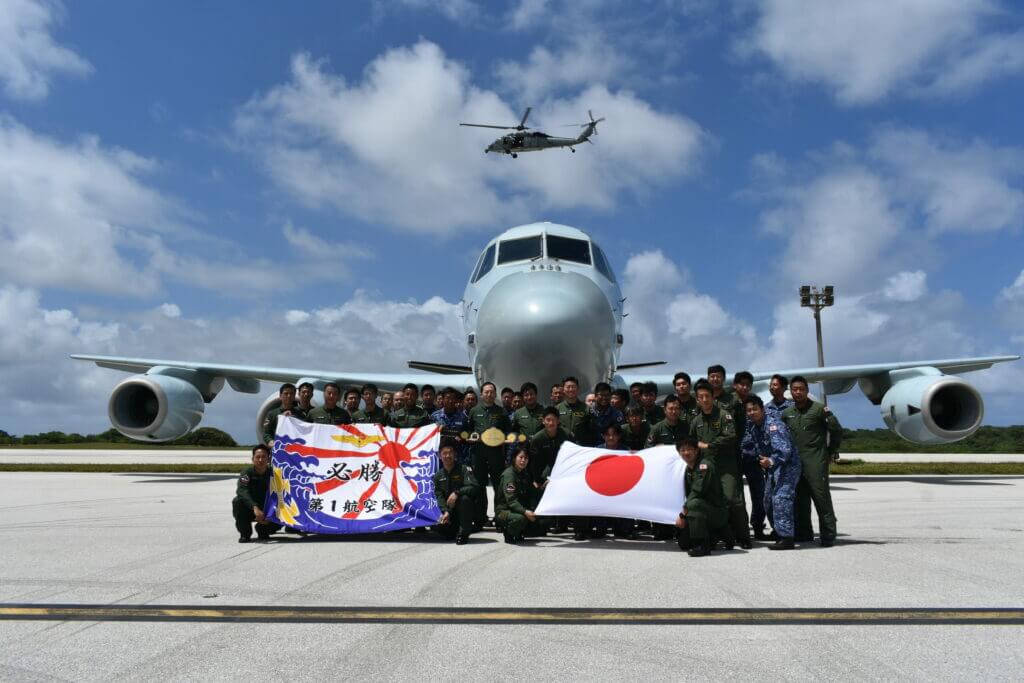
“It was clear from the crew members who flew in the [jet-powered] P1 and P-8, they were very impressed with just how modern they are, the level of automation they have, and how quiet and smooth the airplanes fly,” MacDonald said.
One of the many benefits of Ex Sea Dragon is the international collaboration, the opportunity to share ASW tactics and improve information sharing. Many of the same participants train together at Rim of the Pacific (RIMPAC), the largest biennial maritime warfare exercise hosted by the U.S. Pacific Fleet. Some will operate together over the Yellow Sea and Eastern Sea as part of a multinational effort to support United Nations Security Council sanctions imposed against North Korea. In April, a CP-140 air detachment deployed to Japan to begin a six-week mission under Operation Neon.
MacDonald, who recently completed a four-year officer exchange with the U.S. Navy Pacific Fleet, and served as the planner for the maritime patrol and reconnaissance aircraft during RIMPAC 22, said the classroom sessions, flight briefings, and mission planning have helped the participants learn to operate better together and speak the same tactical ASW language.
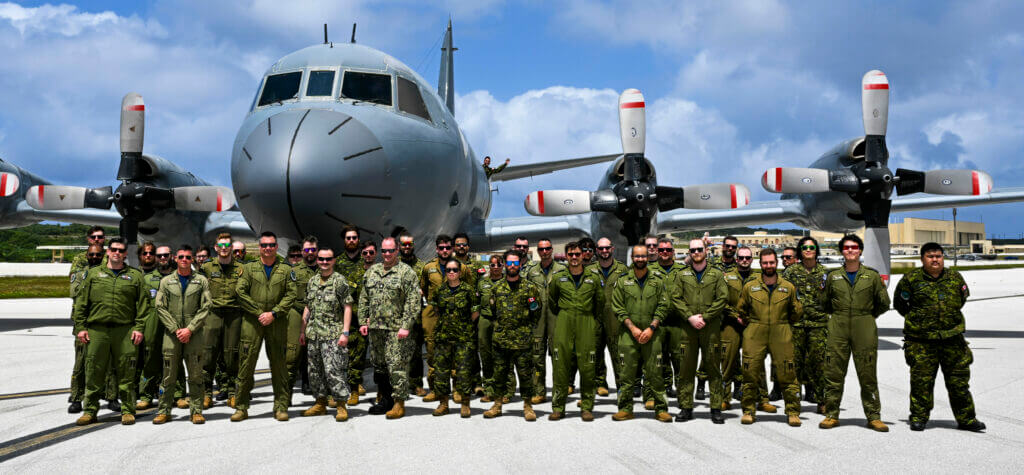
“We’re definitely getting better working as a big team and learning off each other,” he observed. “The collaboration with other nations is excellent. I think that is one of the main reasons we go to an exercise like this. It helps prepare us for every kind of mission we do, integrating our communications and enabling information sharing to better work in their region of the Pacific.”
Next year, Sea Dragon will be a much larger exercise featuring aircraft from the Royal Australian Air Force and the Royal New Zealand Air Force, both of which fly the P-8A Poseidon. 407 Squadron will once again compete, likely with two CP-140 Block IV aircraft. After falling short this year, there will be plenty of incentive to win.
“I hope we bring the Dragon Belt back to Canada once again,” said MacDonald.

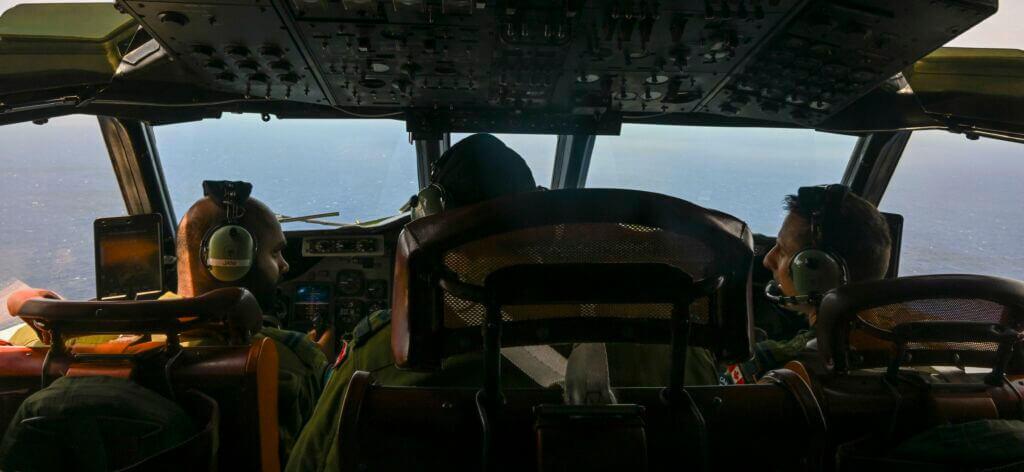
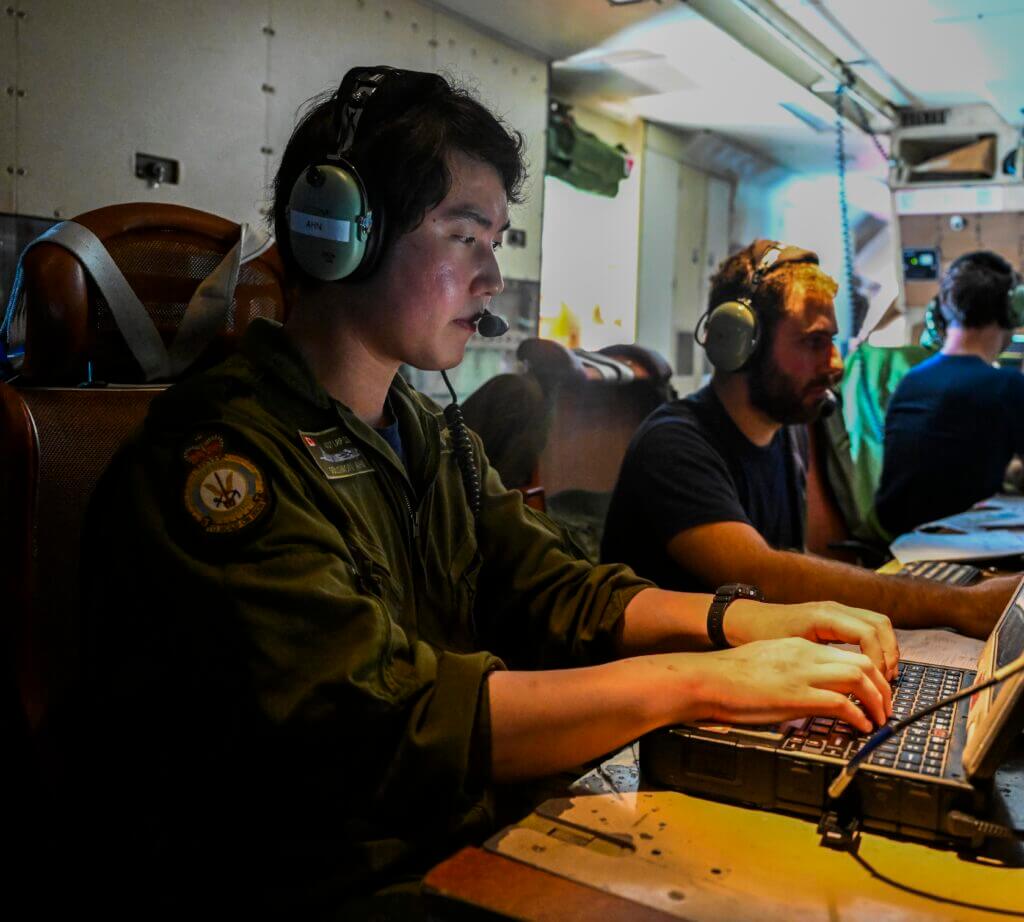
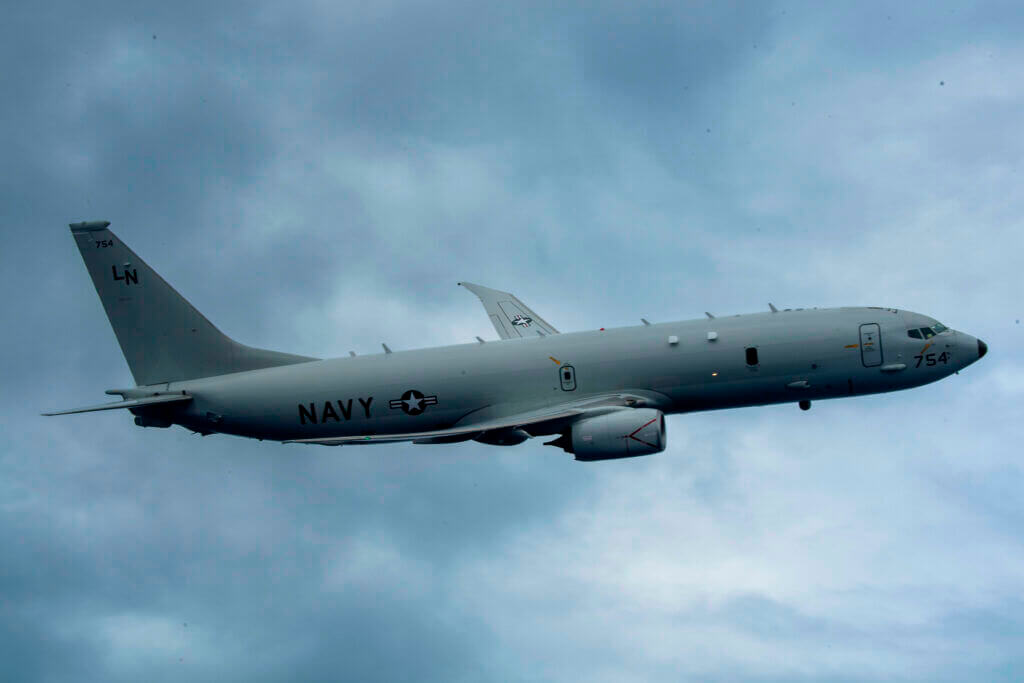










With all the mechanical and computer problems it is a wonder they came in third. We are way past the time of throwing new systems and good money at an ancient bird. Well done 407 Squadron!
It would be interesting to see if the Kawasaki aircraft could be fitted with Canadian Pratt and Whitney engines. Might be a cheaper option than the American’s 737.